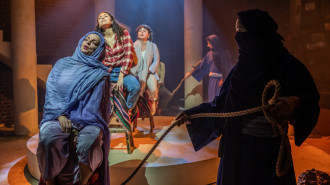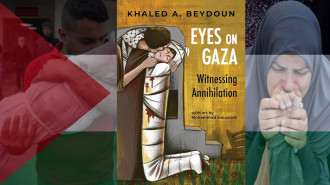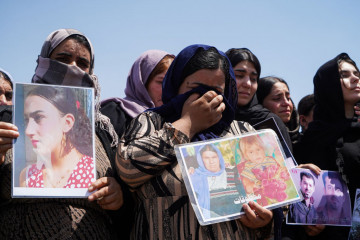

In an overcrowded Internally Displaced Persons (IDP) camp in Sheikhan, Iraq, 24-year-old Kovan looks at pictures of her absent children, a six-year-old boy and a four-year-old girl.
It has been four months since she last saw them, following her rescue from the notorious Al Hol camp, a sprawling tent city home to wives, widows, children and other family members of Islamic State group (IS) militants.
Kovan, like other Yazidi women rescued from Al Hol in recent years, knew that to return home she would have to leave behind her children born in IS captivity.
“I had no choice but to leave my children behind,” explains Kovan. “I cried a lot, but my family and other Yazidi people told me I couldn’t bring them home.”
Kovan’s story is a tragic, yet familiar one.
The fate of children born to IS fighters and their female Yazidi victims remains an ongoing and deeply complex issue for a community still grappling with the trauma of the last decade.
They serve as a painful reminder of the horrors carried out against the community and the thousands of family members still missing. Some 2,700 Yazidi women and children remain unaccounted for.
Kovan was one of thousands of Yazidi women taken captive in 2014 when IS fighters tore through the historic Yazidi homeland of Sinjar in northern Iraq.
After word of IS advances reached Kovan’s village, her family – along with thousands of other desperate Yazidi families – attempted to flee towards the Syrian border.
They did not get far before they were stopped by IS fighters at a checkpoint and forcibly put into trucks. They were then driven to the Iraqi-Syrian border and held for nine days.
IS militants separated the Yazidis into groups at this time, sending Kovan and her two older sisters to Mosul. She still has no idea what happened to her brother.
“It was the last time I saw my parents and younger sister alive,” says Kovan. “What they did to us was beyond imagination.”
Declaring the Yazidis infidels, IS summarily massacred thousands of Yazidi men while boys were tortured and forced to fight for the group. Women and girls as young as 10 years old were kidnapped and sold into sexual slavery.
It was during this time that hundreds, possibly thousands, of children were born of Yazidi women held as slaves and their IS captors.
Kovan was bought several times by IS militants and repeatedly raped. Her children were born of rape by two separate fighters she was forcibly married to, both of whom are now believed to be dead.
In 2019, Yazidi elders were persuaded to welcome these traumatised and devastated Yazidi women back into the community.
Days later, however, the elders said that any IS-born children would not be allowed to join them. For conservative Yazidis, rules around the purity of the Yazidi bloodline make accepting children born of IS fathers an impossibility. The Yazidi faith only recognises children born to two Yazidi parents.
Iraqi law compounds the issue. Under the country’s national identity law, a child born to one Muslim parent, even as a result of rape, must be registered as a Muslim.
After the fall of the Islamic State group's so-called territorial caliphate in 2019, tens of thousands of IS fighters, women, children and Yazidi captives surrendered in Baghouz, the group’s last stronghold in eastern Syria, and made their way to the Al Hol camp. Kovan was among them.
Conditions in Al Hol are dire. The camp is plagued by daily episodes of violence, intimidation and sexual exploitation. Fear of the women she lived amongst – the camp remains a breeding ground of extremist IS ideology – and the prospect of having to abandon her children pushed Kovan to live under a different name. There are thought to be hundreds more like her.
“I was so afraid of the women in Al Hol,” says Kovan. “Many of them are raising their children to believe in the Islamic State group’s ideology.”
Kovan was only rescued following a midnight operation by the Syrian Democratic Forces (SDF) who entered the camp armed with pictures of inhabitants believed to be Yazidis.
After lifting her veil to reveal her face, Kovan and her children were then taken out of the camp and brought to a secret location to verify her identity.
“The fact that women understand there is no place for them in the Yazidi community is why some remain missing,” explains former US diplomat, Peter W. Galbraith.
“It is self-defeating for Yazidis to take away the children and grossly unfair that IS mothers get to keep theirs.”
Since 2021, Galbraith has arranged four operations to reunite Yazidi mothers with children who were taken from them after IS fell.
Many of the children ended up in an orphanage in northeastern Syria, and getting them out was a long process that entailed complex negotiations with the SDF and the government of the Autonomous Administration of North and East Syria (AANES).
To date, all the reunited mothers and children have been relocated to third countries There have been no similar operations to rescue children who were taken from Yazidi mothers and placed in orphanages in Iraq.
These operations remain Kovan’s best hope. “All I want is to be with my children again and to receive asylum in Europe,” says Kovan. “I think about them every day.”
While they remain cast out by their community, Yazidi women will carry the wounds of life after IS captivity and being forcefully separated from their children.
Hannah Wallace is a London-based writer and researcher on armed violence and foreign affairs
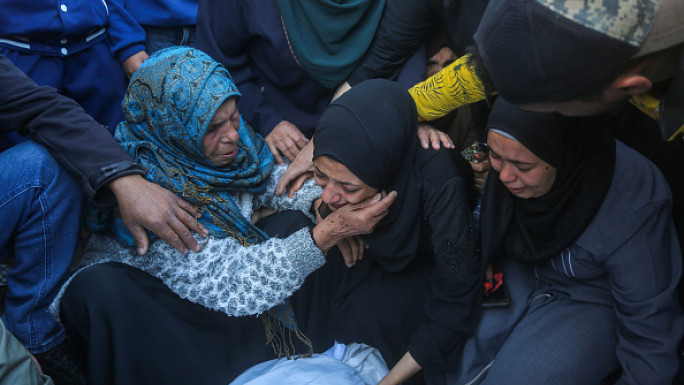

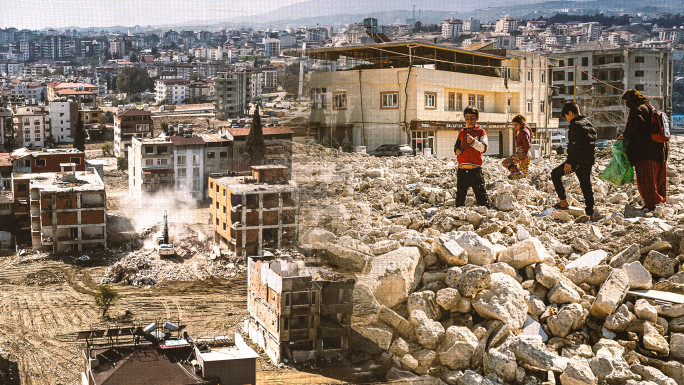
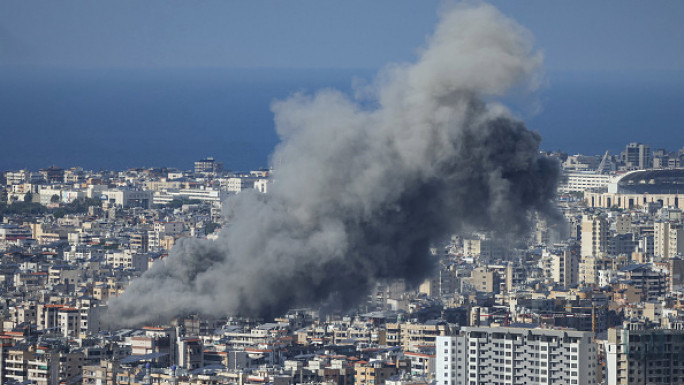
 Follow the Middle East's top stories in English at The New Arab on Google News
Follow the Middle East's top stories in English at The New Arab on Google News
